Auctions
Faked ‘Fairy’ Photographs From a Famous 20th-Century Hoax Could Fetch $90,000 at Auction
The two women behind the photographs maintained their incredible story for decades.
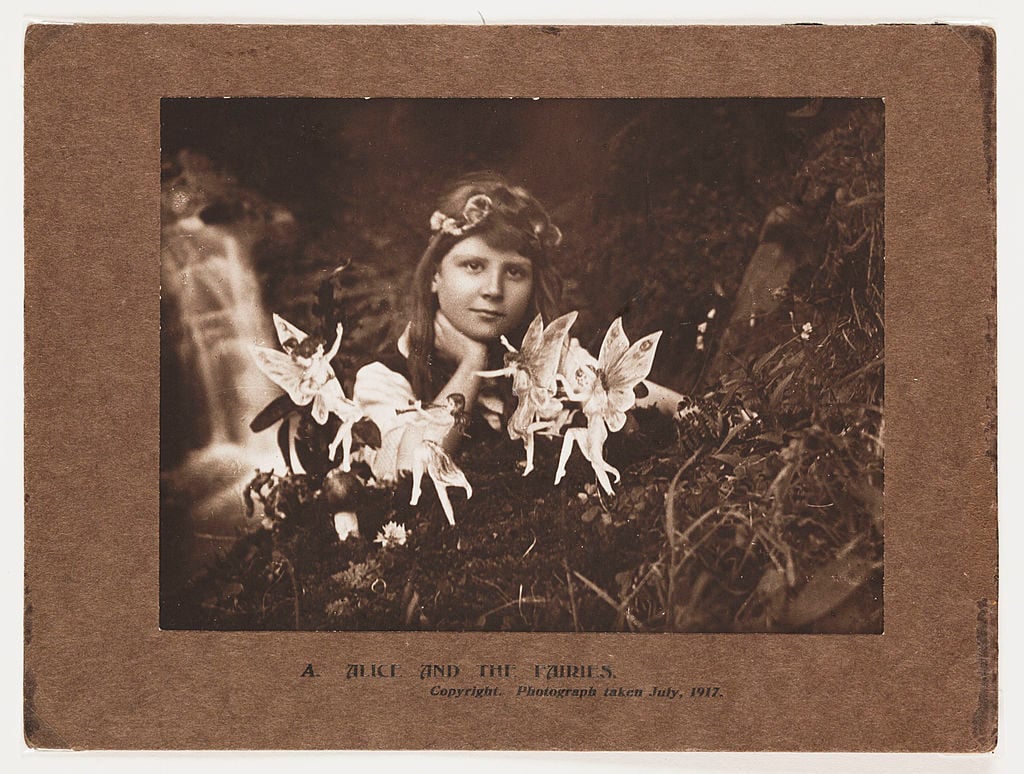
The two women behind the photographs maintained their incredible story for decades.

Naomi Rea

A set of rare photographs of one of the biggest hoaxes of the 20th century are due to go under the hammer in a UK auction house in April. The black and white images, which purported to capture real fairies on camera, spread like wildfire in the early 1900s. They are expected to go for as much as £70,000 ($90,000).
The set of four images, known as the “Cottingley Fairies,” were taken by two schoolgirls in their garden in the British village of Cottingley in the summer of 1917. The girls, 16-year-old Elsie Wright and her nine-year-old cousin Frances Griffiths, took the snaps on Wright’s father’s camera, using paper cut-outs of fairies to stage an ethereal fairy encounter. The photographs will be up for sale at Dominic Winter Auctioneers on April 11.
At another sale of “Cottingley Fairies” photographs last fall at the auction house, the lots went for £20,000 ($26,000), way above the pre-sale high estimate £1,000 ($1,300).
Their imaginative hoax garnered a lot of publicity at the time, especially after Sherlock Holmes author Sir Arthur Conan Doyle took interest in the images and used them to illustrate an article he had written about fairies. Although public opinion was split on the photographs’ authenticity, the two girls maintained their story right through to 1983, when they finally admitted the photos had been faked. Even then, the younger woman, Frances Griffiths, continued to insist that a fifth photograph she says was taken accidentally in 1920, titled The Fairy Bower, was real.
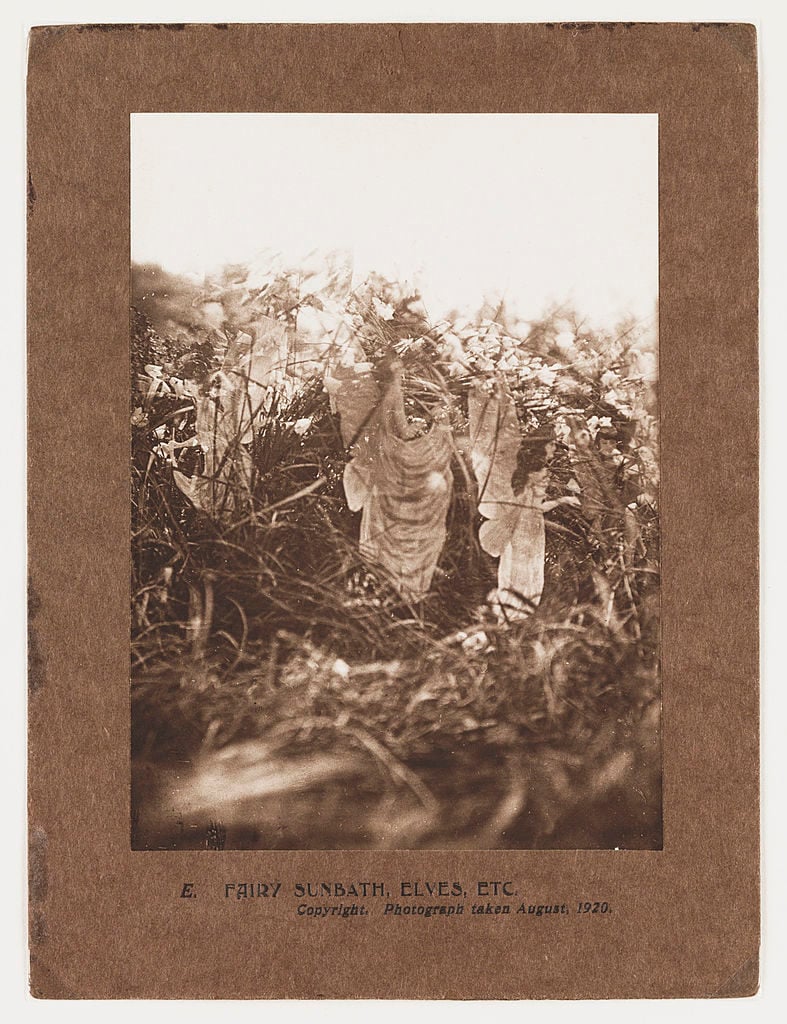
The “real” photograph of fairies and elves, taken by Frances Griffiths. Photo by SSPL/Getty Images.
Griffith’s daughter Christine Lynch is selling that photo, along with the others, ahead of the forged photoshoot’s 100th anniversary. “It’s time they went to a museum where someone else can see them and enjoy them,” The 88-year old told the Guardian. “They haven’t been on view at all so it’s nice for someone else to see them.”
The images, which each feature at least one of the girls, were made on the eldest’s father’s Midg quarter-plate camera; Elsie Wright had drawn illustrations copied from a popular children’s book and had drawn wings on them; Together, they then cut out the cardboard figures and propped the little puppets up with hatpins in various locations. In their confession, they explained that they had disposed of the figures in a nearby stream after the shoot.
Lynch said that the deception had a lasting negative effect on her mother, who was uncomfortable with the dishonesty and the attention. Lynch says that her mother’s older cousin Elsie “swore her to secrecy, and she said it ruined her life because she was looking over her shoulder the whole time. As a little girl in 1920 she was not used to publicity and she didn’t like it at all, and it haunted her.”
The rare vintage copies of the hoax are going on sale alongside other photographs and a camera from that period at Dominic Winter Auctioneers in Gloucestershire on April 11.
See some more of the hoax photographs below:
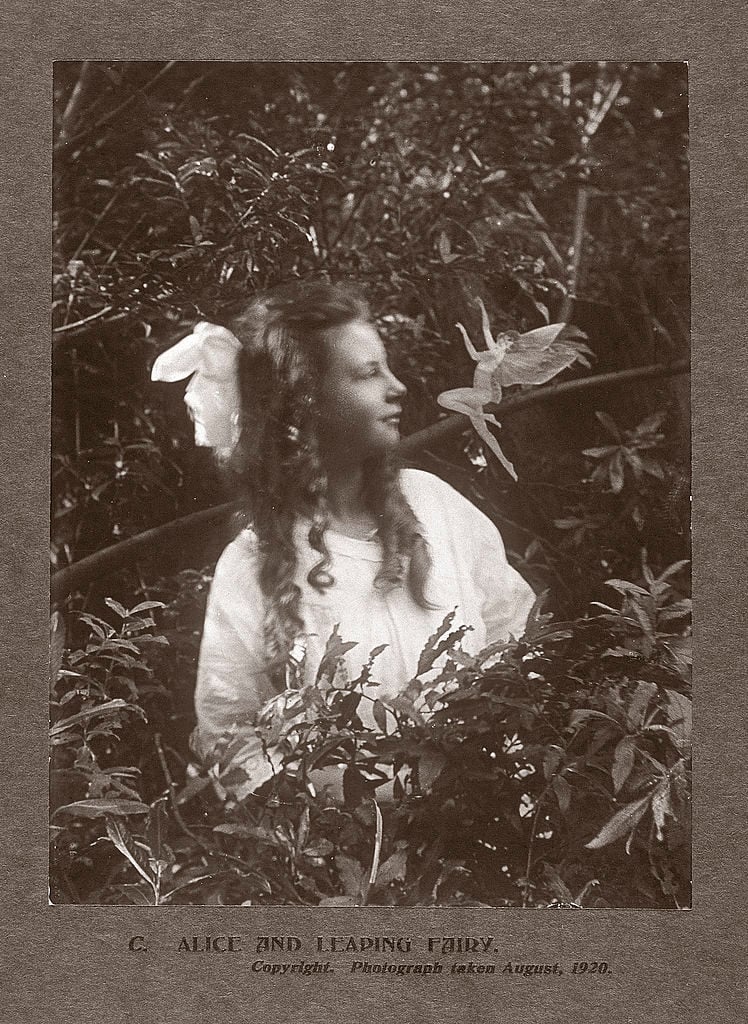
A photograph of Elsie Wright taken by Frances Griffiths using Elsie’s father Arthur’s Midg quarter-plate camera. Photo by SSPL/Getty Images.
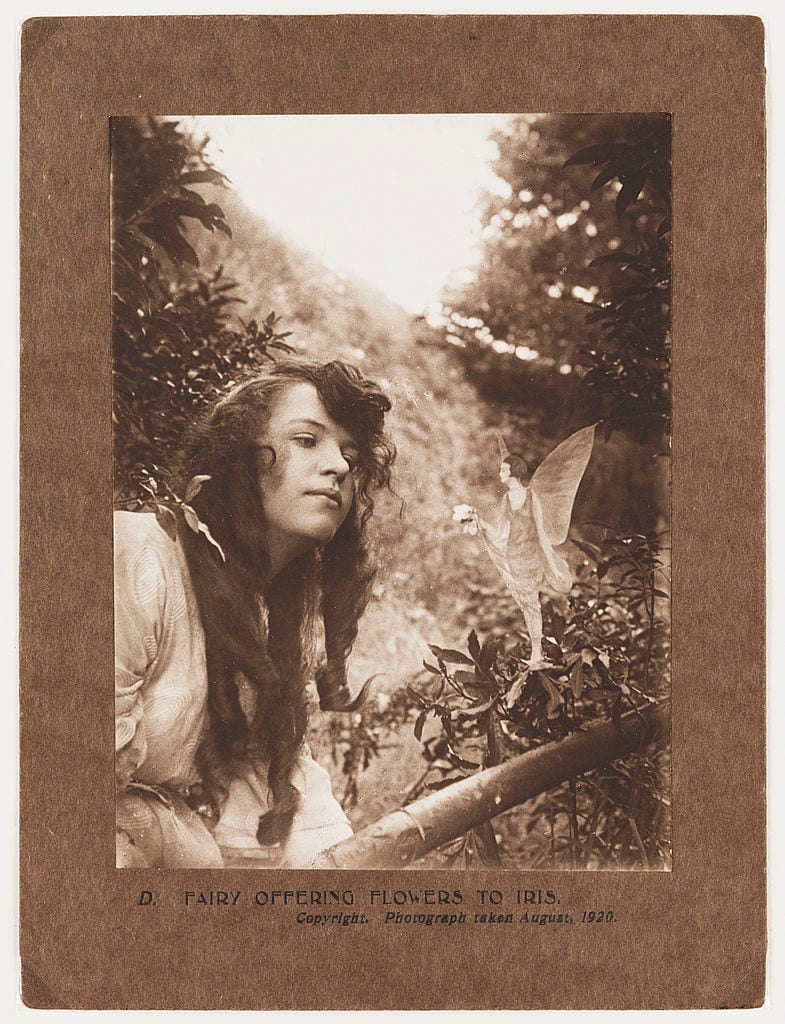
A photograph of Elsie ‘Iris’ Wright, taken by Frances ‘Alice’ Griffiths. Photo by SSPL/Getty Images.
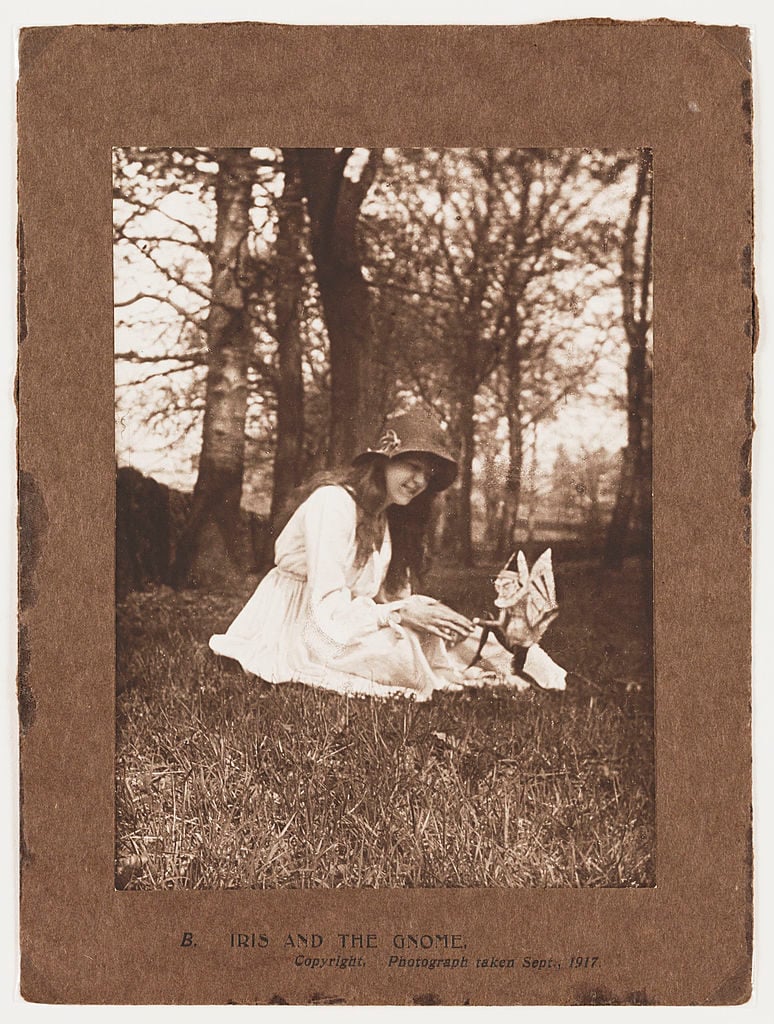
A photograph of Elsie Wright taken by Frances Griffiths using Elsie’s father Arthur’s Midg quarter-plate camera. Photo by SSPL/Getty Images.